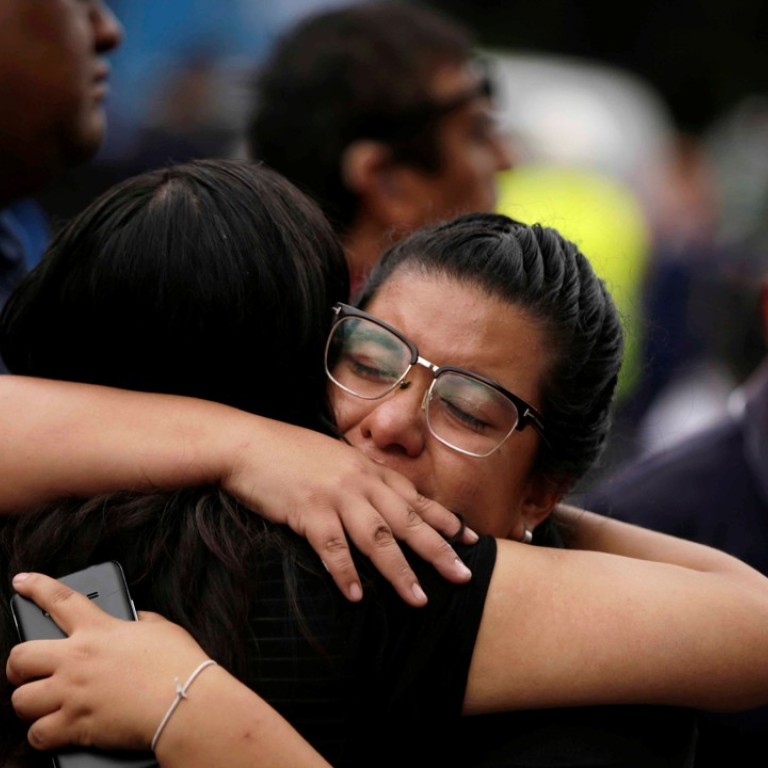
Five killed in massive aftershocks as Mexico City fights through rubble and trauma to recover from quake
Terrified residents ran into the streets, where they crouched and prayed as sirens went off. Two women died of heart attacks as the ground shook
A magnitude 6.2 aftershock that shook Mexico on Saturday was blamed for five deaths, spreading fear among anxious residents reeling from a string of natural disasters and interrupting the search for survivors from a far bigger tremor earlier this week.
Meanwhile, the Popocatepetl volcano south of Mexico City sent a column of ash into the sky, capping an intense period of seismic activity, which has caused the death of more than 400 people and left a damage bill of up to US$8 billion.
Mexico’s capital was shattered by last Tuesday’s magnitude 7.1 quake that flattened dozens of buildings and killed at least 307 people. The government’s response to the disaster is under close scrutiny ahead of a presidential election next year.
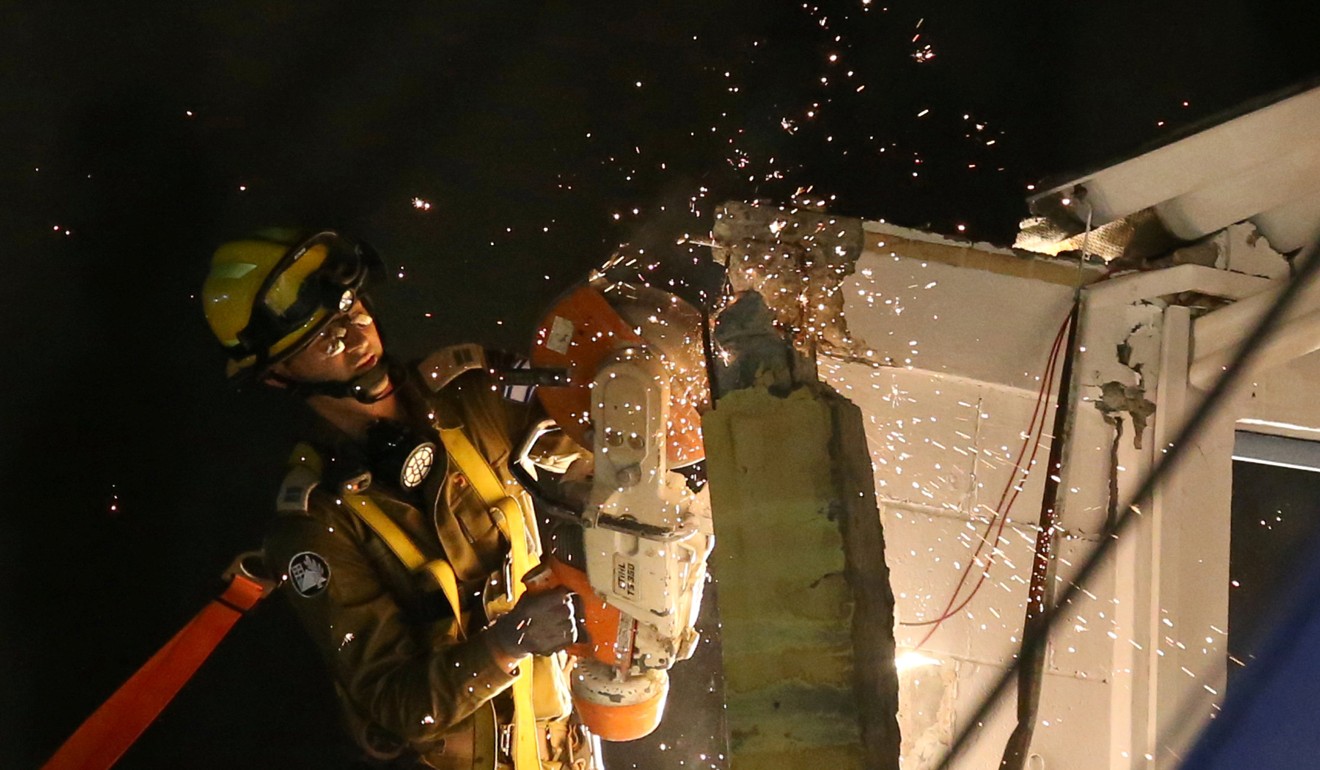
Being at a funeral and seeing all the pain that one minute caused has changed me
Although the latest quake was not as destructive, fear is running high among the population. Terrified residents ran into the streets, where they crouched and prayed as earthquake sirens went off. Two women died of heart attacks as the ground shook, the city government said.
Tents were set up in different parts of the city where psychologists offered mental health support to survivors and rescuers traumatised by the natural disasters. Acts of solidarity came from all corners of Mexican society.
Tuesday’s quake hit on the anniversary of a 1985 tremor that killed an estimated 10,000 people.
Roxana Trani, a 30-year-old banker, was one of the thousands of young Mexicans who turned to social media to find out how to help. She joined one of the aid collection centres that popped up in Mexico City and travelled to Puebla state in one of many convoys flooding from the city to more isolated communities.


“I never understood why the people who suffered the ‘85 quake were so afraid of the slightest tremors. Now I get it,” Trani said.
“Being at a funeral and seeing all the pain that one minute caused has changed me,” she said.
Concern that the aftershock could cause further collapses paralysed rescue efforts at a housing complex in the Tlalpan neighbourhood of Mexico City, frustrating first responders who believed people were alive under the rubble.
By the evening, first responders were again digging for bodies or survivors in a dwindling number of rubble heaps. Their work barely skipped a beat elsewhere when earthquake alarms twice rang out across the city.
The United States Geological Survey said the latest quake was relatively shallow with an epicentre near Juchitan, a tropical region of Oaxaca state, which was hard hit by a massive 8.1 magnitude tremor on September 7. Three people died in Oaxaca during Saturday’s tremor, including a man who was attacked by a swarm of wild bees, authorities said.
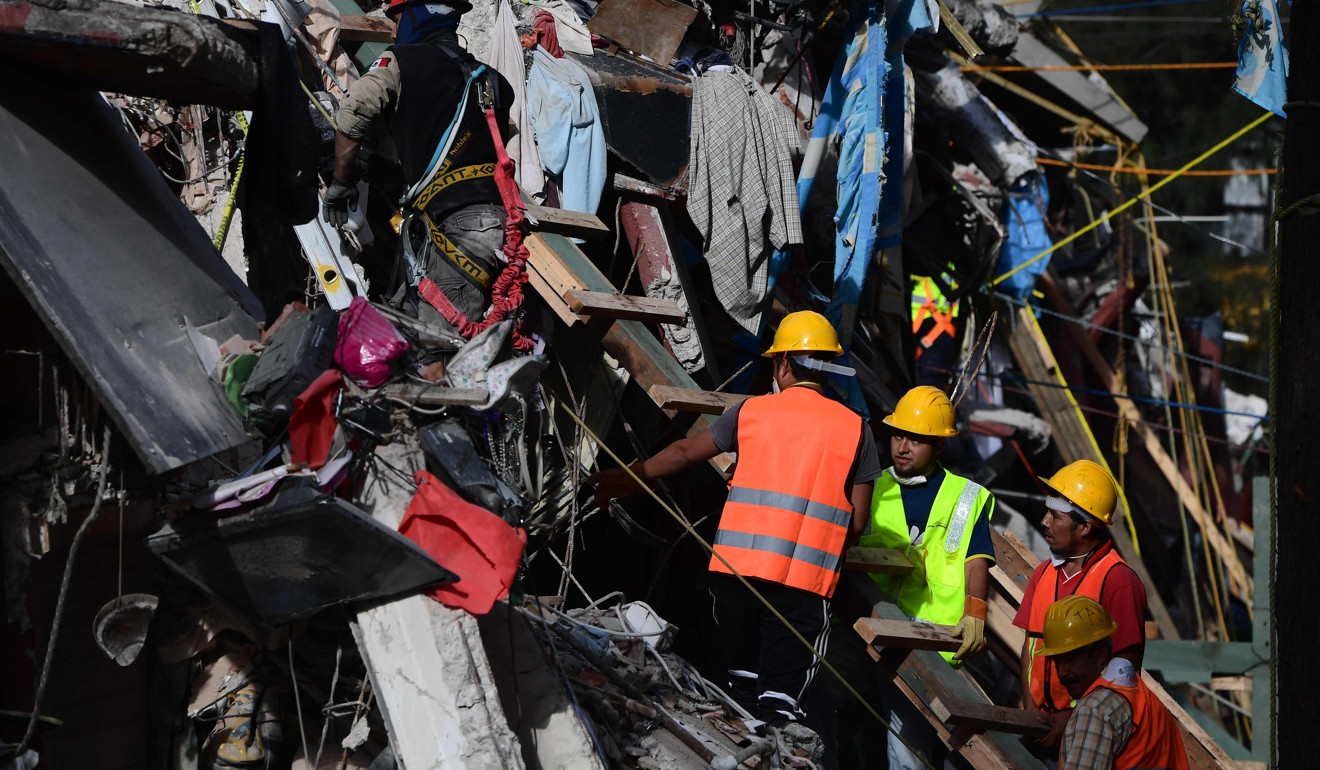
The Popocatepetl volcano, which is visible on a clear day to the 20 million people who live in the Mexico City metropolitan region, spewed vapour and a ash after two small eruptions on Saturday.
Tuesday’s earthquake brought down blocks of flats, offices, a school and factories, leaving thousands homeless. Officials said there could be some 30,000 badly damaged homes in the adjacent states of Morelos and Puebla. RMS, a risk modelling company, estimated economic losses of up to US$8 billion.
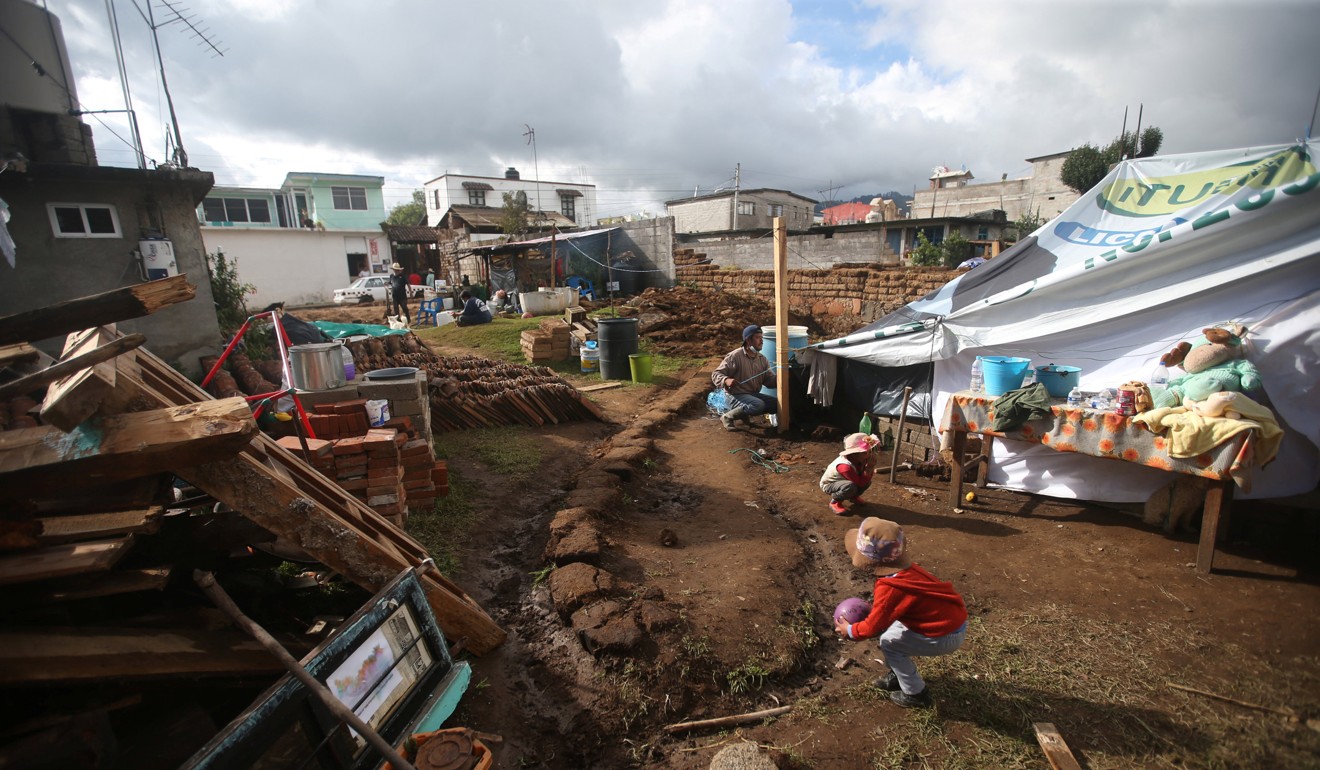
Mexican volunteers, professionals and soldiers backed by teams from the US, Japan and Chile have saved 69 people from the rubble after several days of searching. But in the past 48 hours rescuers have found more corpses than survivors.
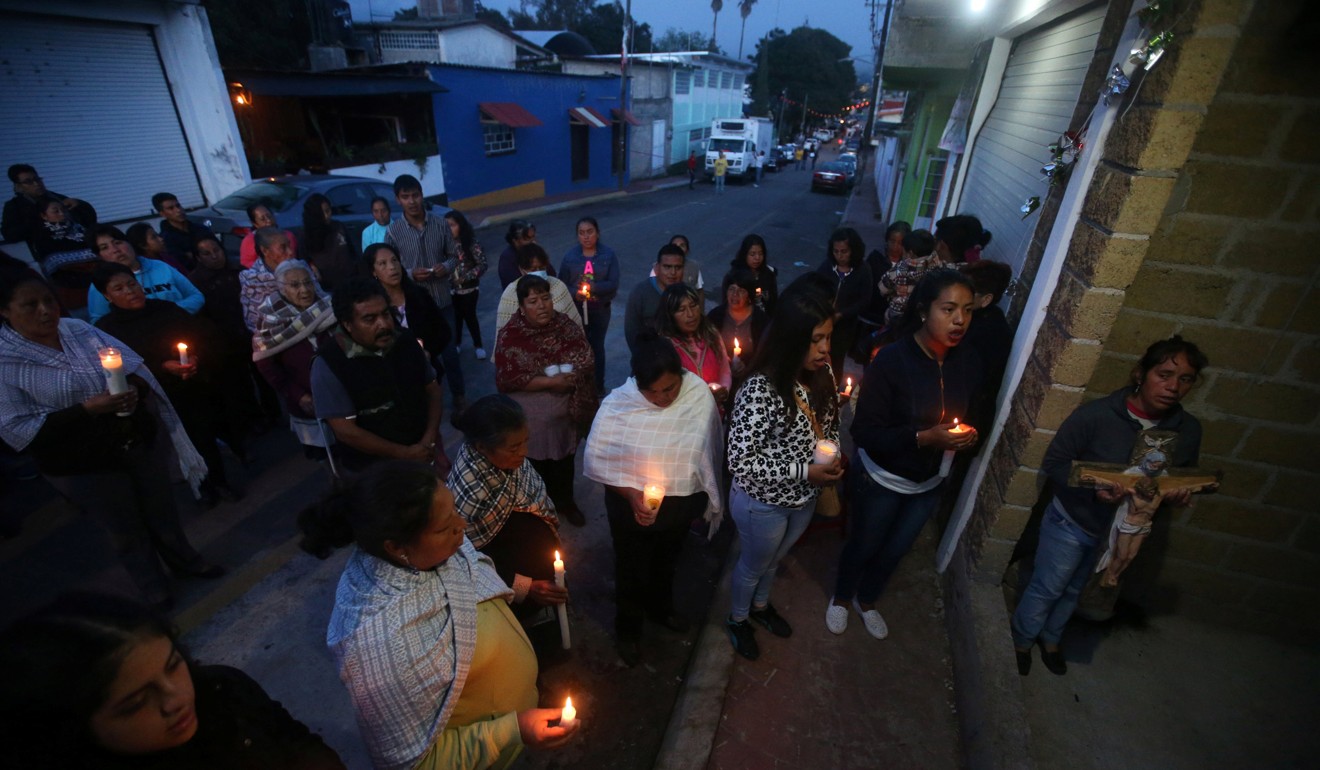
Although the massive search-and-rescue operation has been evident in the capital, victims in outlying areas of the city and surrounding villages have complained that aid has been slow to arrive.
“Here we have no help, everything is in the centre (of the city),” said Justina Gonzalez, 55, a shopkeeper in the Xochimilco district in the south of the city.
Her two-bedroom house was reduced to rubble on Tuesday, forcing her to now live in a tent and rely on food from neighbours.
“We lost everything, we don’t even have a way to cook,” Gonzalez said.

